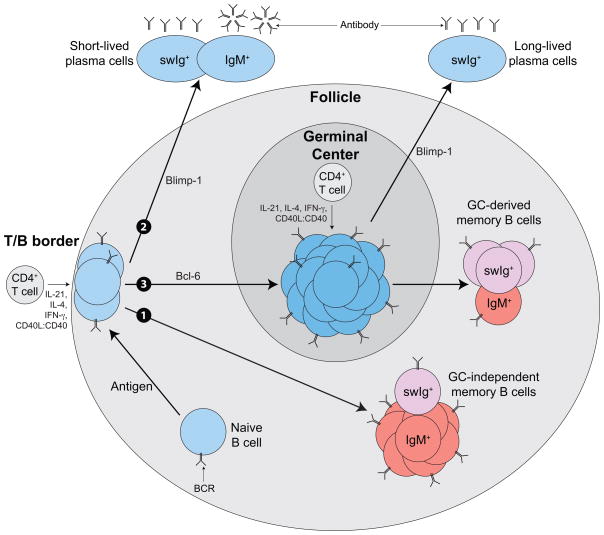Figure 1. T dependent B cell differentiation in response to antigen.
After BCR stimulation by antigen, rare naive B cells located within the follicle migrate to the border of the follicle and T cell area. Here, the activated B cells receive signals (CD40 via CD40L and various cytokines) from cognate CD4+ T cells, proliferate and adopt one of 3 fates: 1) Differentiate into memory B cells and migrate into the follicle; 2) Upregulate Blimp-1, migrate out of the follicle and become short-lived plasma cells; or 3). Upregulate Bcl-6, migrate deep into the follicle and establish germinal centers (GC). In the GC, B cells proliferate robustly and undergo CD4+ T cell-dependent affinity-maturation. Failure to receive signals from CD4+ T cells results in death while cells that receive signals can exit the GC as long-lived plasma cells or memory B cells. Most GC-derived memory B cells express isotype switched Ig (swIg) while most GC-independent memory B cells express IgM.

